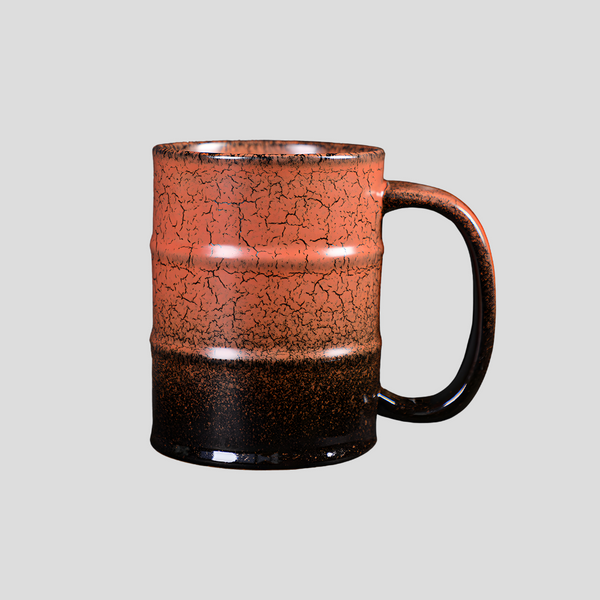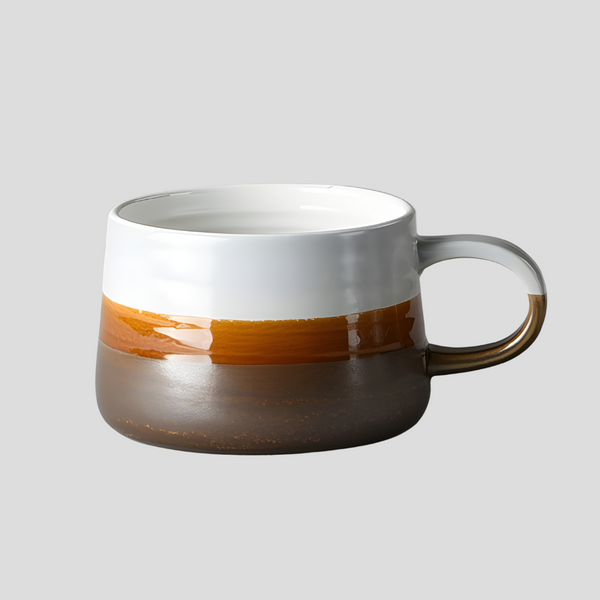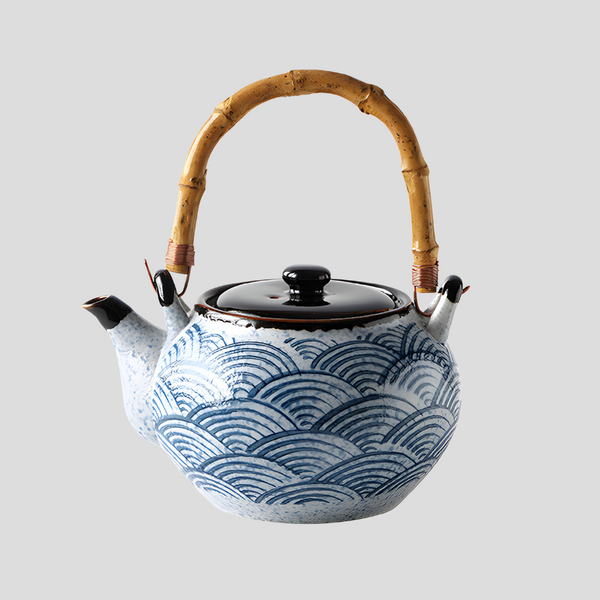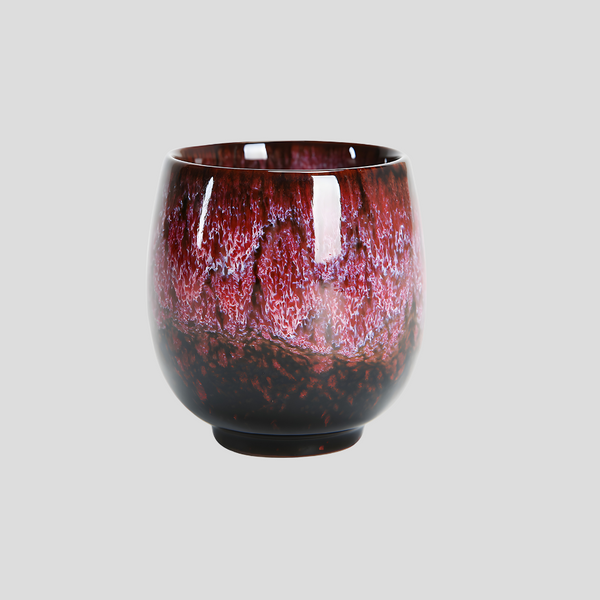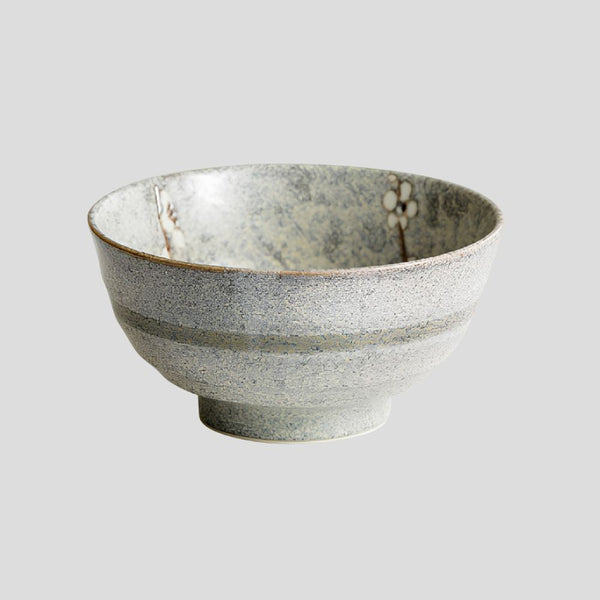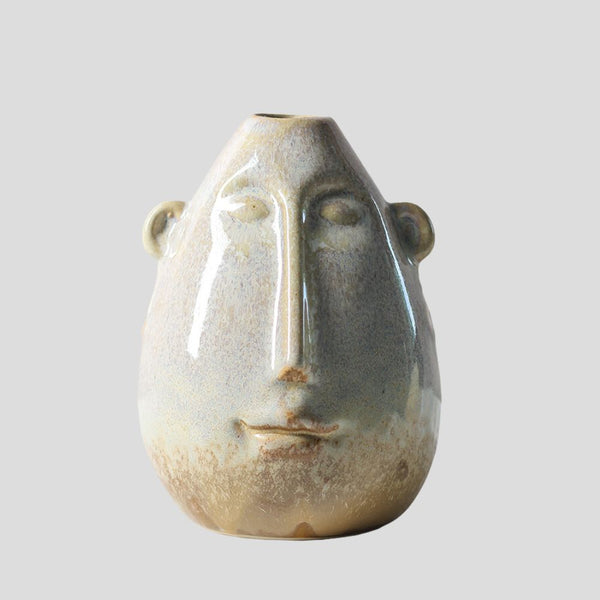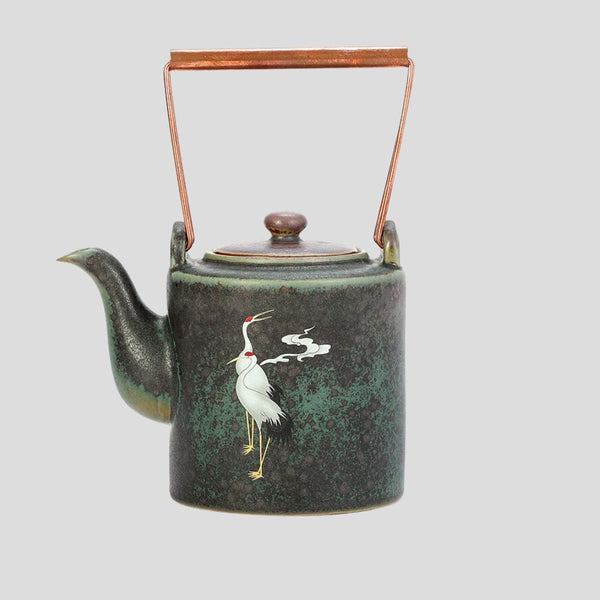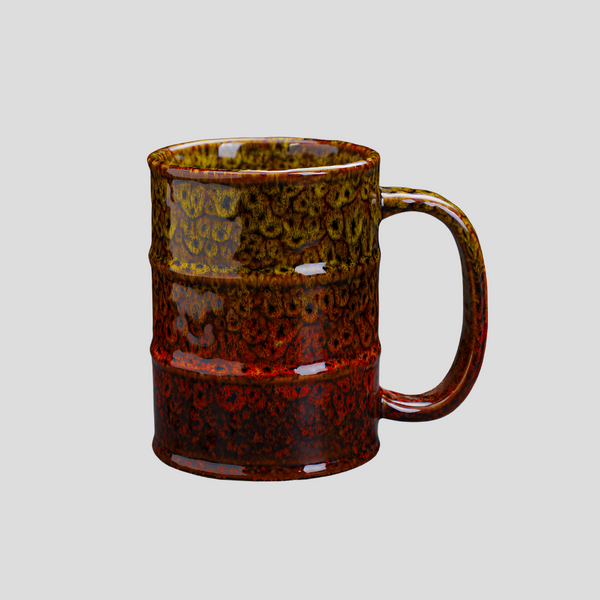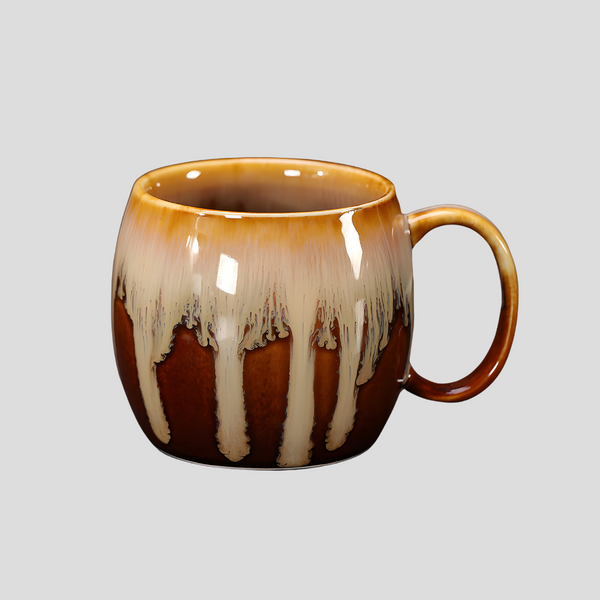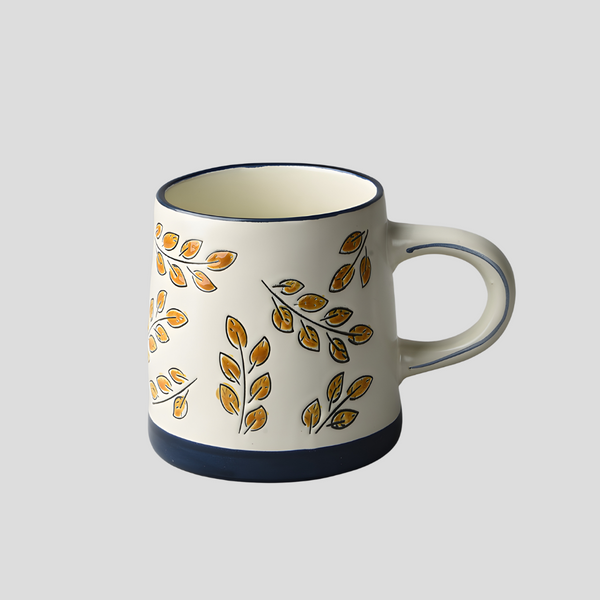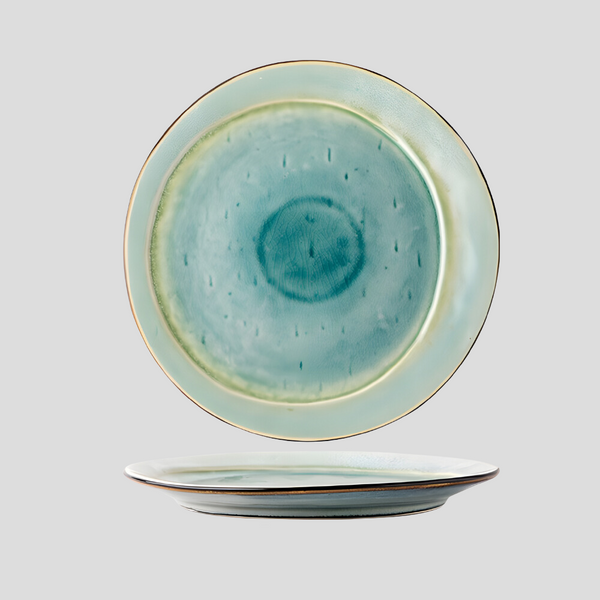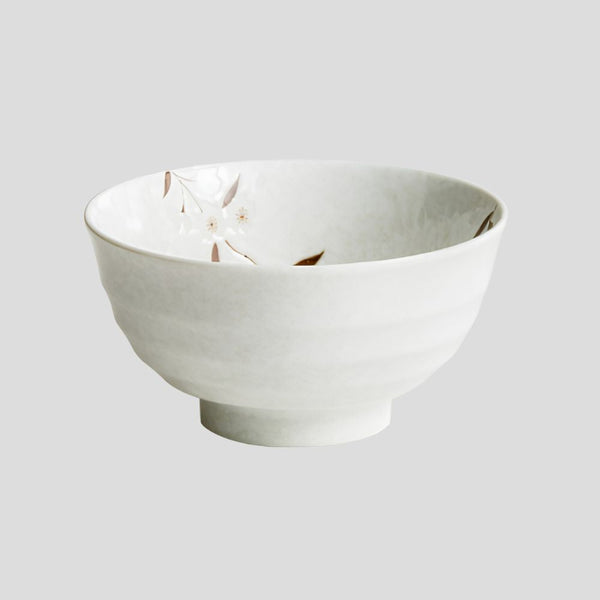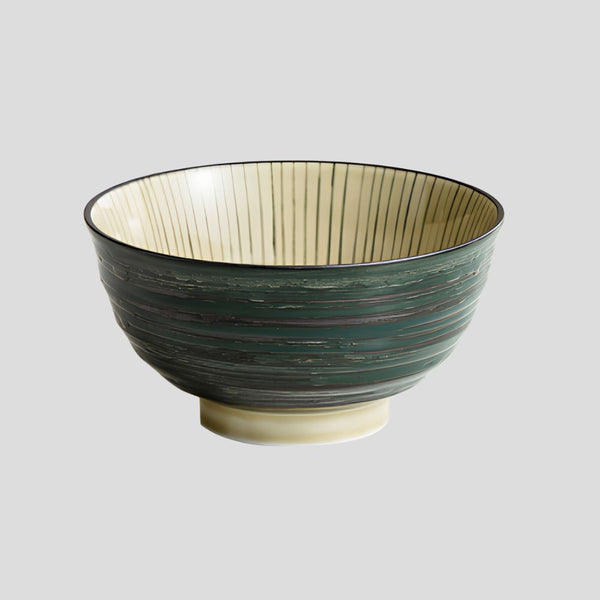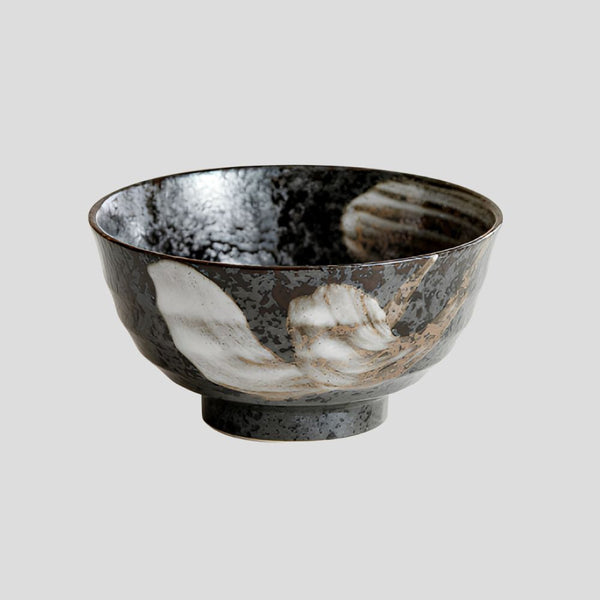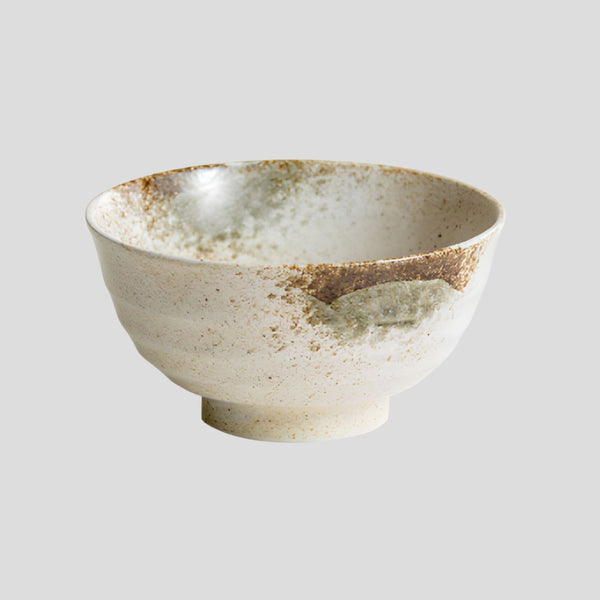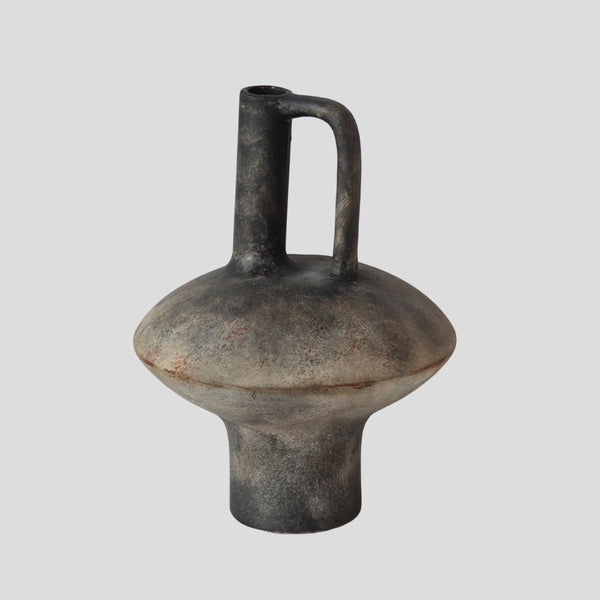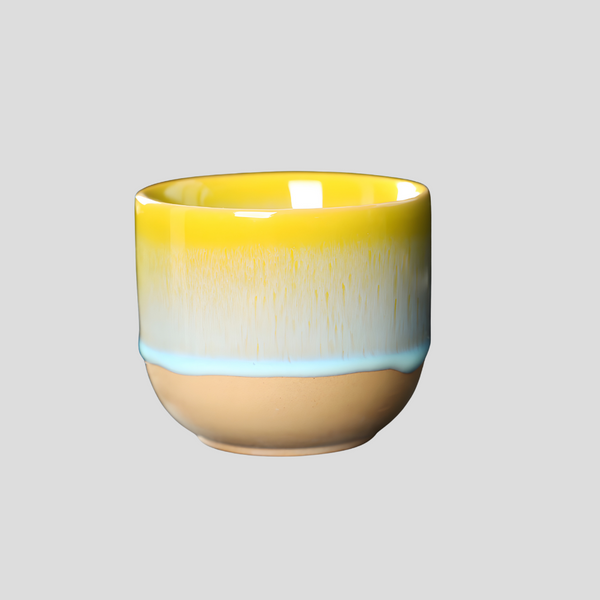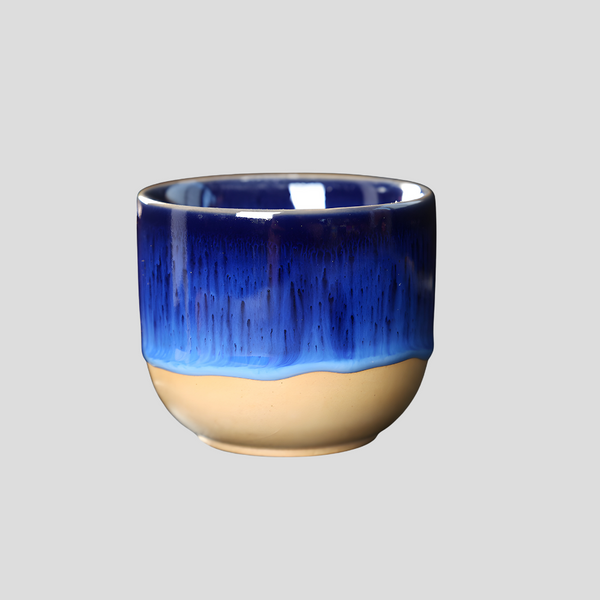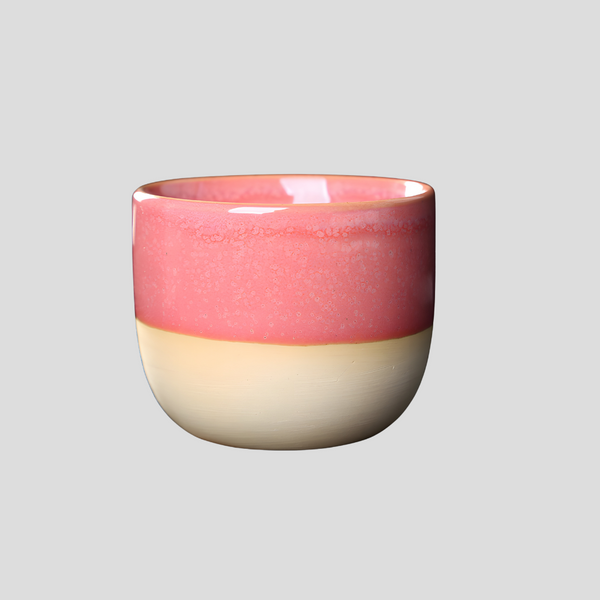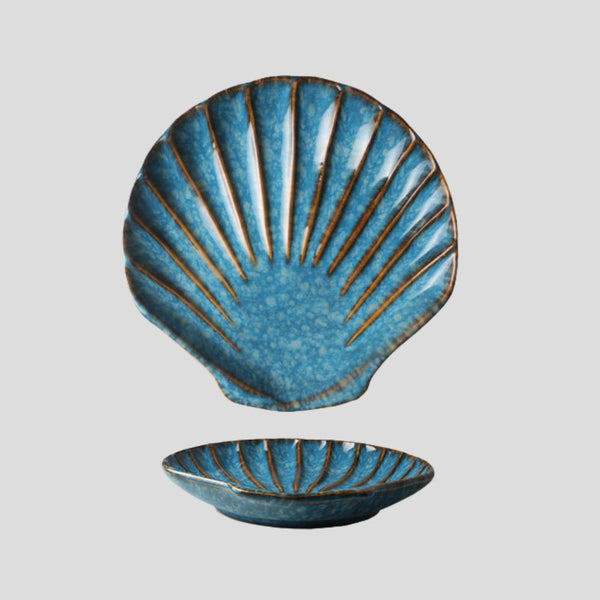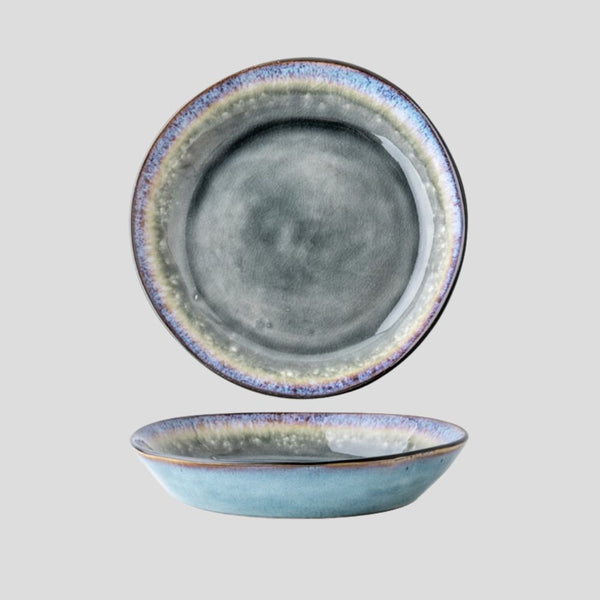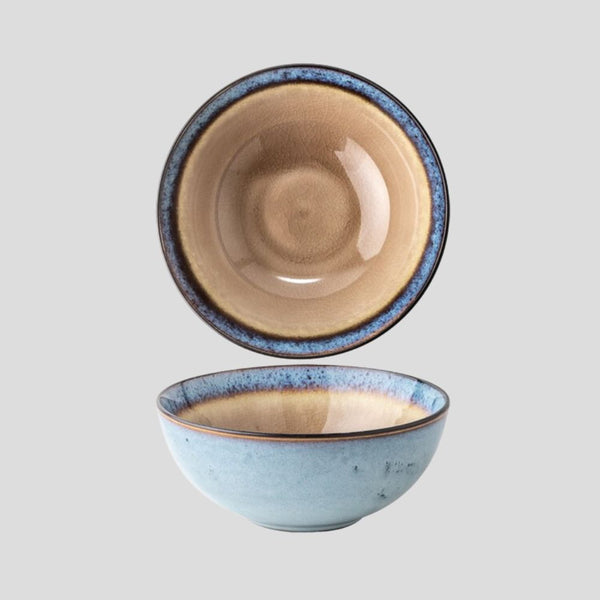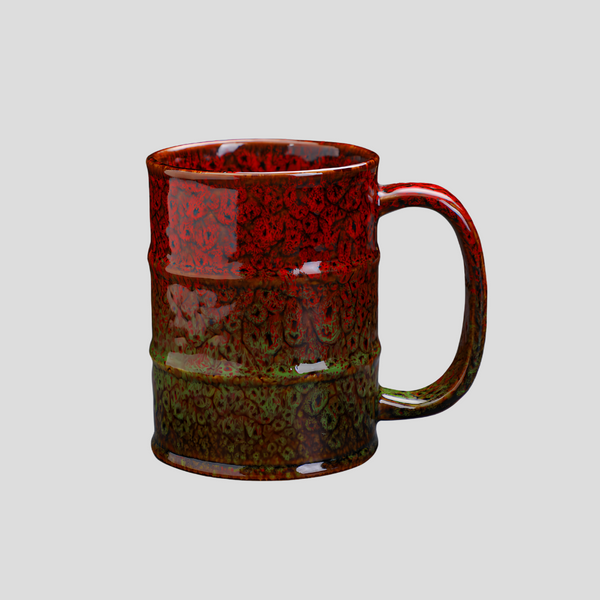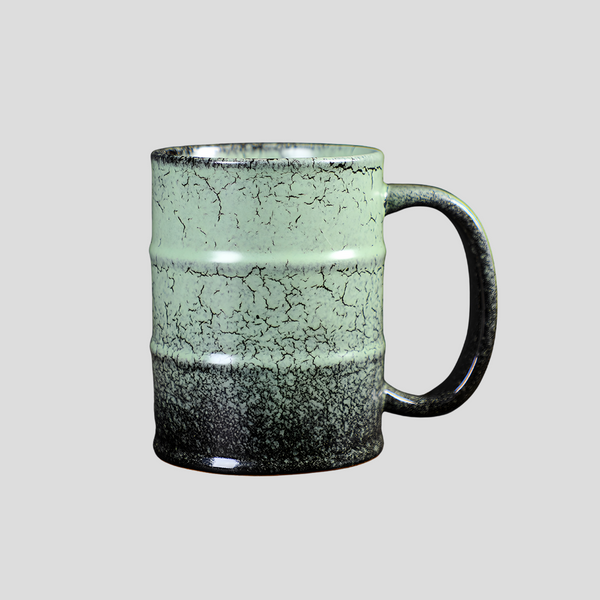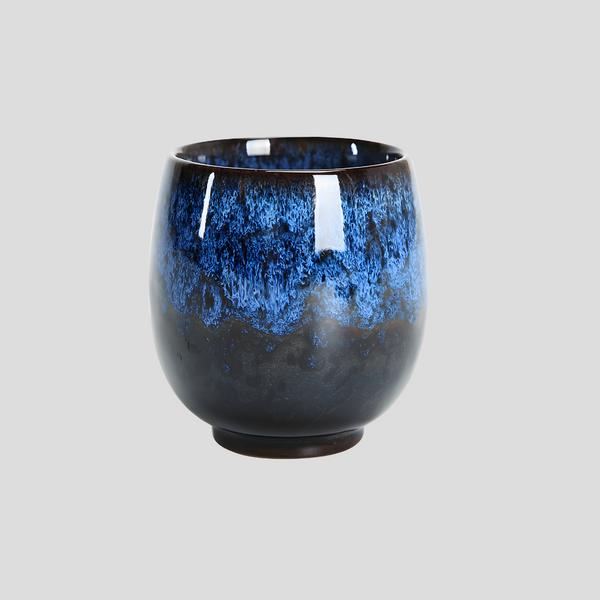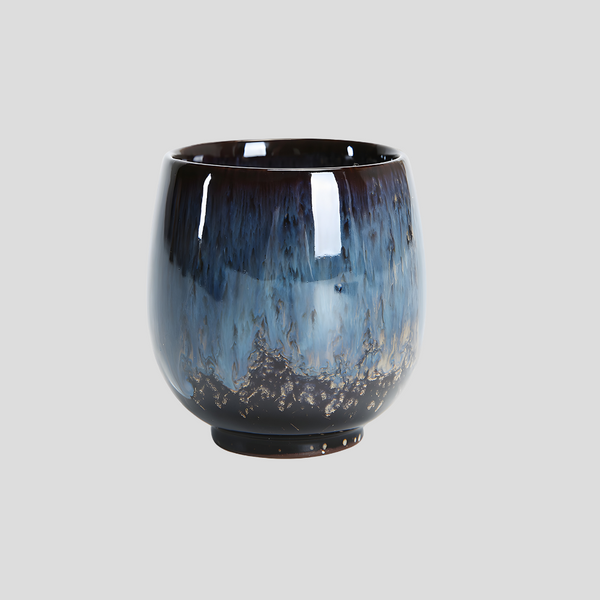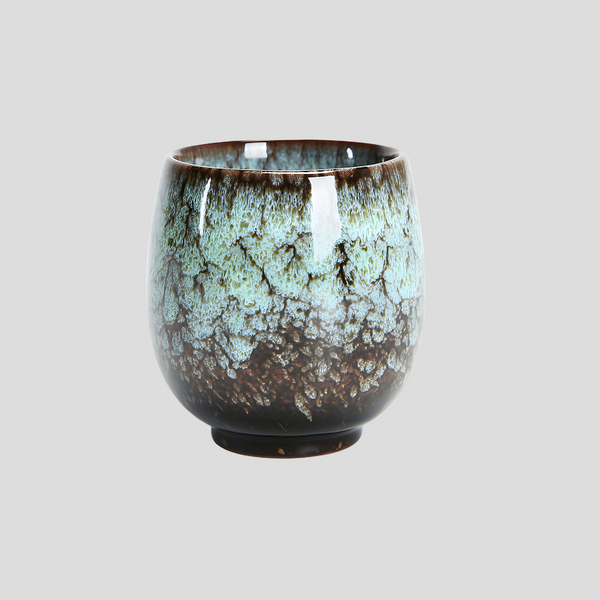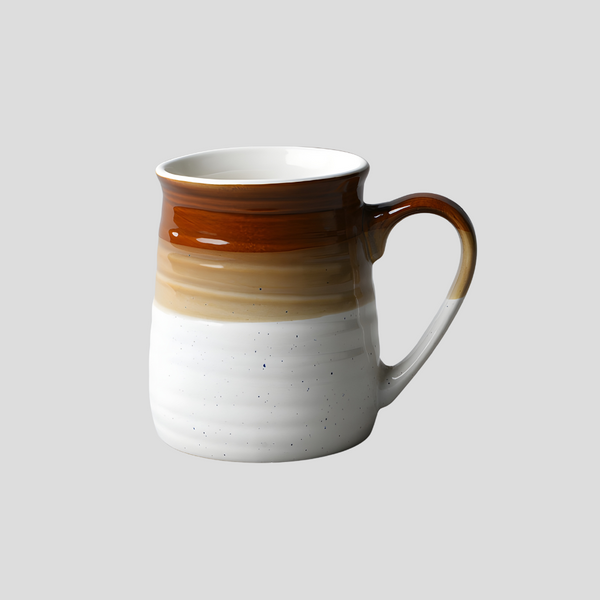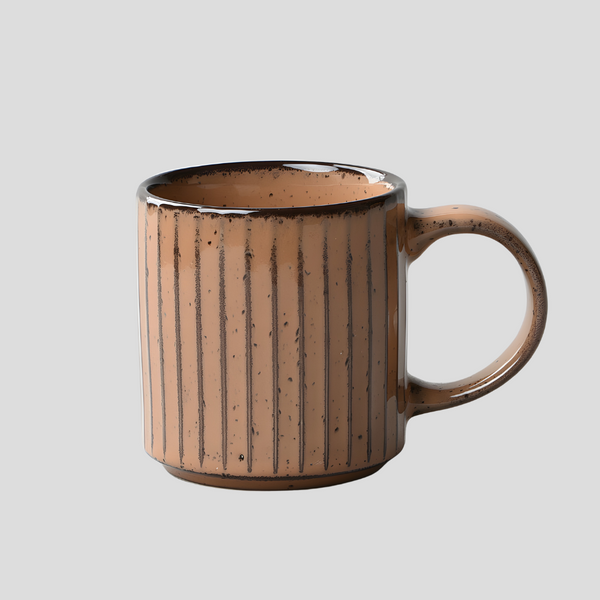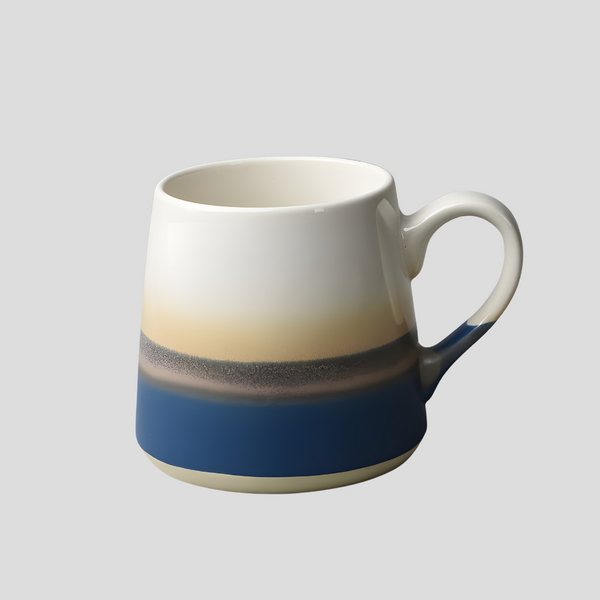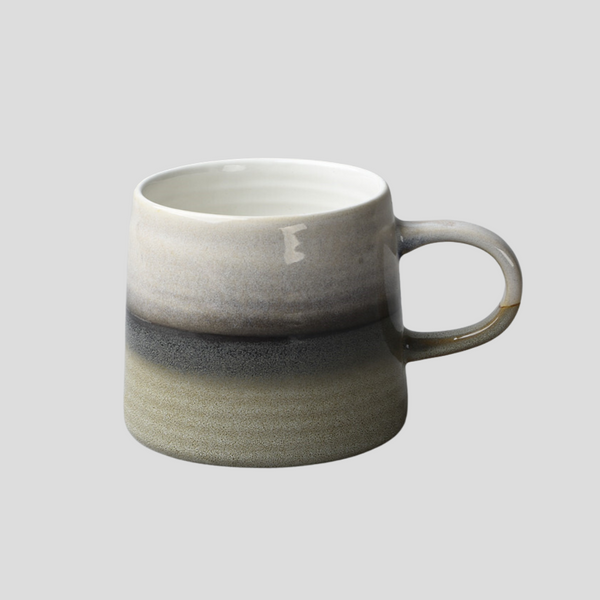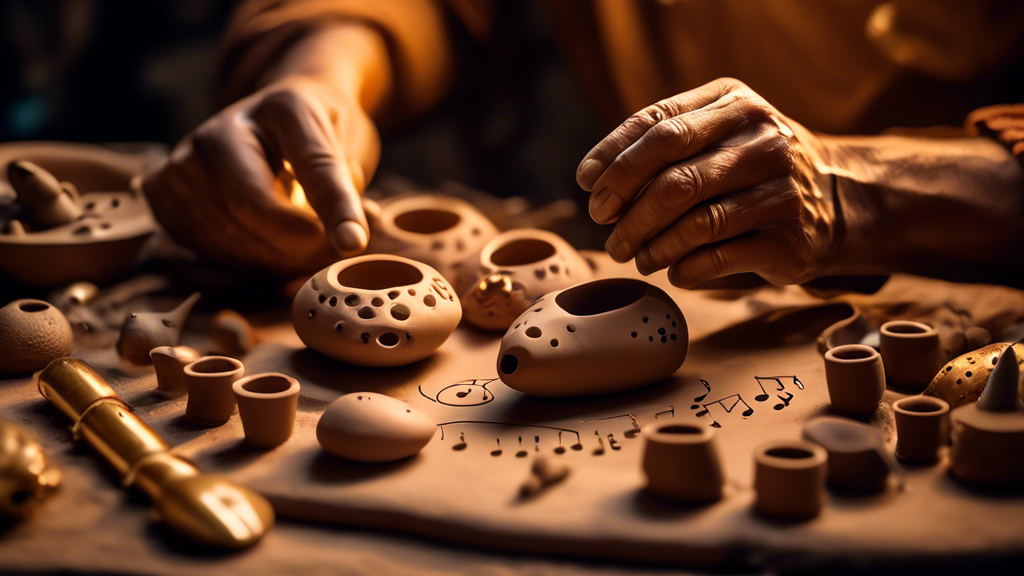
Crafting Sounds: The Art of Clay Musical Instruments
The timeless craft of creating musical instruments from clay dates back thousands of years, weaving a rich tapestry of sound and culture that spans across civilizations. From the resonant depths of the African Udu to the serene melodies of the Native American Flute, clay musical instruments embody a unique synthesis of artistry and acoustic science. This article explores the fascinating process of crafting these instruments, the diverse sounds they produce, and their significance in various cultural contexts. Crafting musical instruments from clay is a delicate process that combines the potter’s skill with the acoustical knowledge of a musician. The journey begins with the selection of suitable clay, which must have the right consistency and purity to achieve the desired sound quality. The clay is then shaped, either by hand or on a potter’s wheel, guided by the instrument maker's vision and experience. Techniques such as coiling, slab construction, and pinching are often used, depending on the instrument being made. Once the basic shape is created, fine-tuning involves carving and adding subtle variations that influence the instrument's tone, pitch, and resonance. After drying, the instrument undergoes firing in a kiln, a critical phase where the clay hardens and the final sound qualities are set. The result of this meticulous process is a unique instrument, as much a work of art as a source of music. Clay musical instruments vary widely in form and function, reflecting the diverse cultures from which they originate. Some of the most well-known include: Clay musical instruments are more than just objects of sound; they carry the cultural narratives and spiritual beliefs of their creators. For instance, the Native American flute, often made from both wood and clay, is deeply ingrained in storytelling and ceremonial practices. Similarly, the Udu's origins as a water pot reflect its integral role in communal gatherings and rituals in West Africa. Their creation process, which requires patience, skill, and a connection to the earth’s natural materials, further imbues these instruments with cultural and symbolic meanings. Making and playing these instruments often signify a deeper understanding and respect for the natural world and its resources. In the face of modern manufacturing and digital music production, the traditional craft of creating clay musical instruments faces challenges. However, there has been a resurgence of interest in these handmade, sustainable instruments as part of a broader movement towards preserving cultural heritage and embracing eco-friendly practices. Artisans and musicians worldwide are not only keeping the ancient traditions alive but also innovating within them to create new sounds and expressions. In conclusion, the art of crafting clay musical instruments is a fascinating interplay between material, form, and sound. It represents a deep-rooted heritage of human creativity and our enduring connection to the earth and its timeless rhythms. As each instrument takes shape from the earth and is animated by the breath or touch of the player, it reminds us of the universal language of music and its power to unite, celebrate, and communicate across cultures.Crafting Sounds: The Art of Clay Musical Instruments
The Artistic Process
Types of Clay Musical Instruments
Cultural Significance
Challenges and Revival

